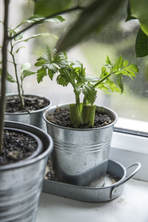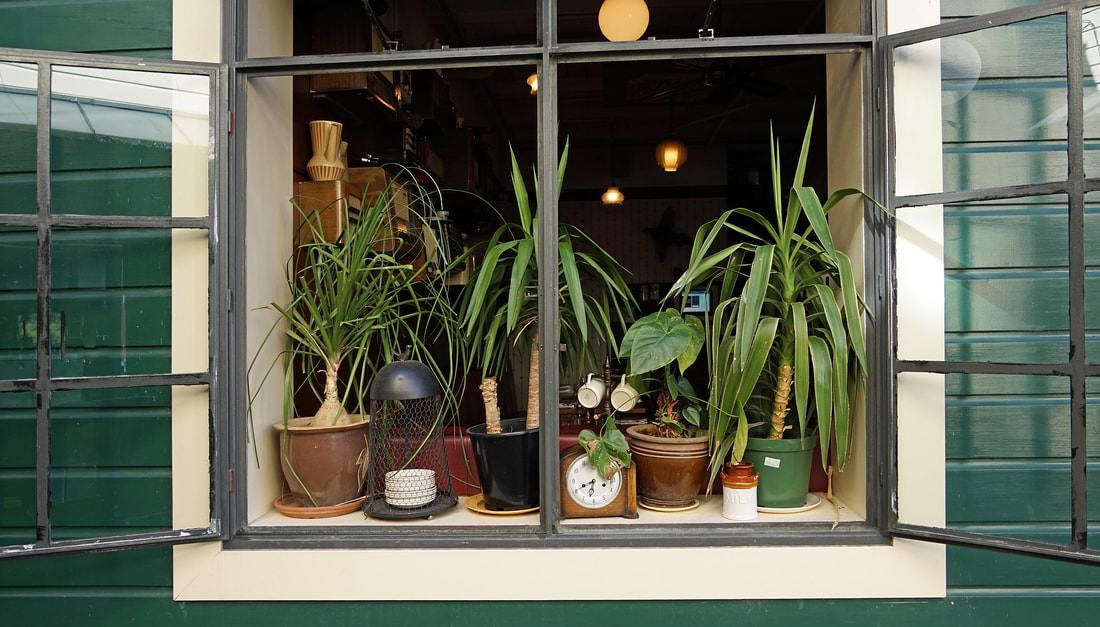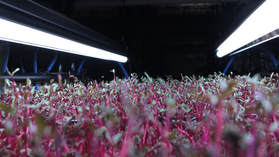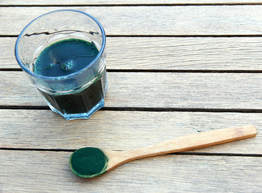YEAR WITHOUT A SUMMERContextThe Secure Your Food Program Rationale is based on the perspective that food production is negatively affected by extreme weather. On the list of potential types of events which may increase extreme weather is the effect of aerosols from erupting volcanoes. The main cause is Sulphuric Acid which at the stratospheric levels, reflect solar energy from the earth. This reflection of sunlight, at these levels, can result in colder temperatures worldwide. Mount Pinatubo, in the Philippines, erupted in 1991 and pushed gases into the stratosphere resulting in an estimated -0.5 degree Celsius temperature decrease worldwide (Self, Zhao, Holasek, Torres, & King, 1993, Introduction, para.3). This resulted in more extreme weather and has been thought to be a formative influence behind the 1993 winter storm which hit the eastern U.S. (Stevens,1993,12-13). Year without a summerIn April of 1815, Mount Tambora violently exploded with six times the force of Pinatubo, ejecting as much gases into the stratosphere (Oppenheimer, 2013, p.234). Also, volcanic eruptions on the equator tend to distribute around the globe as opposed to eruptions in the North which distribute regionally or within that hemisphere. The gases from the eruption mixed with moisture in that level of our atmosphere and became acid rain. This would have the effect of reflecting sunlight away from our planet. The result of this was the year without a summer in 1816 and along with this was the recorded failures in crop production which led to starvation and death (Oppenheimer, 2013, p.244). What can we expect?The trend for volcanic activity has been steadily rising and interestingly enough in concert with earthquake activity. Current graphs are illustrating an increase of 3x-4x since the 1900’s and it would seem that volcanic activity appears to be increasing (Doocy, Daniels, & Dooling, 2013, Figure 2). This means the likelihood of a major eruption event that will affect world wide temperature is likely. Volcanic eruptions are classified according the to the Volcanic Explosivity Index (VEI). Mt. Pinatubo’s VEI was considered to be 6 on a scale of 1-7, where a VEI of seven is an eruption from a Super Volcano, of which the Yellowstone Caldera’s past eruptions qualify for this classification (United States Geological Survey, 2017, Figure 1). If we have a major volcano with a VEI index of 4 or above, it will affect global temperature and result in negative food production. In recent years, SYF has considered growing outdoors to be a gamble and considers that a combination of systems resulting in good growing conditions are not assured. This is why SYF proposes to take growing indoors where the climate is stable and somewhat optimal. Read our last blog on how you can start container growing indoors. February 21, 2018 updateFebruary 19, 2018 Sinabung EruptionMount Sinabung exploded on Monday, losing a large part of its summit and also propelling ejecta into the upper atmosphere. Experts are still mulling over the severity of the explosion with the ratings of 3-5 on the VEI scale still being determined. SYF expects that extreme weather conditions will be exacerbated as result of the prolonged fallout from this eruption. *Update : The Sinabung eruption did not reach the stratosphere according to new estimates and will not be affecting global climate. Initial estimates reported 16.5 KM height which would have been in the stratosphere were it at that height. This is a good thing. Thanks to Jeff Q for the heads up.* This combined with the projected losses in food production this coming growing season highlight the need to take personal responsibility over the production of food for yourself and your family. SYF will be a resource to this by showcasing and highlighting ways to accomplish this. For example, indoor container growing is something we discussed in our last blog post and is something that you can start today. Prepare accordingly and good luck! ReferencesDoocy, S., Daniels, A., & Dooling, S. The Human Impact of Volcanoes: a Historical Review of Events 1900-2009 and Systematic. Retrieved from http://currents.plos.org/disasters/article/the-human-impact-of-volcanoes-a-historical-review-of-events-1900-2009-and-systematic-literature-review/
Oppenheimer, C. (2003). Climatic, environmental and human consequences of the largest known historic eruption: Tambora volcano (Indonesia) 1815. Progress in physical geography, 27(2), 230-259. Self, S., Zhao, J. X., Holasek, R. E., Torres, R. C., & King, A. J. (1993). The atmospheric impact of the 1991 Mount Pinatubo eruption. Retrieved from https://pubs.usgs.gov/pinatubo/self/ Stevens, W.K. (1993). THE BLIZZARD OF '93: Meteorology; 3 Disturbances Became a Big Storm. N.Y. Times. Retrieved from http://www.nytimes.com/1993/03/14/nyregion/the-blizzard-of-93-meteorology-3-disturbances-became-a-big-storm.html U.S. Geological Survey (2017). VEI. Retrieved from https://volcanoes.usgs.gov/vsc/glossary/vei.html
1 Comment
SECURING YOUR FOOD SOVEREIGNTY IntroductionExtreme weather is beginning to negatively impact food production and it is time to think about climate change adaptations. We have illustrated that the areas we source for fruit and vegetables, during the winter, are experiencing difficulties in growing quality and quantity of produce. This will result in increased food prices and the question is now, how can we mitigate or lessen these effects? Indoor Growing When you think about it, your house provides you with a stable climate where humidity and temperature are already controlled. Why not change your lifestyle a tiny bit by growing inside. This can be accomplished by utilizing a southward facing window along with grow LED lights, especially during the winter. Once you have a place set aside for growing, the question remains how and what to grow. Container Growing Container growing can be a simple as a potted plant or more serious as a polypropylene grow bag. This depends on your ability to manage the plant that you are growing. If your abilities are hampered by disability, you can grow in containers that can fit within a small space. Plants like herbs or salad greens can be a good place to start from. When you begin to get more confident about growing you can progress to other plant species such as peppers, beans, or determinate tomatoes. This article provides information on growing indoors with useful information. Fast and Nutritious AlternativesContainer growing is something that we may be used to but there are alternate forms of growing which can be as fun and more nutritious.
TakeawayWhen you start to grow your own food, you will feel a sense of achievement and hopefully, this will move you to be more active in growing your own food. When you grow your own food you will be more food secure and increase your food sovereignty.
Food sovereignty according to Food Secure Canada, “...is the right of peoples to healthy and culturally appropriate food produced through ecologically sound and sustainable methods, and their right to define their own food and agriculture systems." Simply by the act of growing your own food that is relevant to you, you increase the food sovereignty and food security of you and your own family. This is how you prepare for the coming food shocks. Resource Links: Food Sovereignty https://foodsecurecanada.org/who-we-are/what-food-sovereignty Spirulina Growing http://www.spirulinaacademy.com/grow-your-own-spirulina/ Microgreen Cultivation https://www.gardeningchannel.com/how-to-grow-microgreens-101/ Container Growing Indoors https://www.gardeners.com/how-to/urban-gardening-with-vegetables/5491.html |
AuthorWrite something about yourself. No need to be fancy, just an overview. Archives
March 2022
Categories |







 RSS Feed
RSS Feed